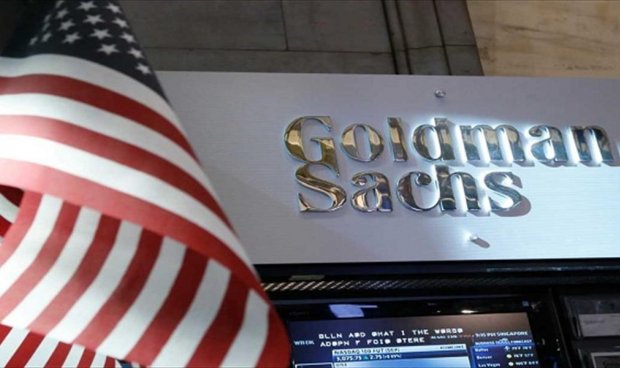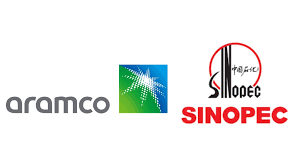Publisher: Maaal International Media Company
License: 465734
Goldman Sachs recommends investing in gold amid geopolitical risks, rate cuts
اقرأ المزيد
Investors should “go gold,” highlighting the precious metal as the best hedge against geopolitical and financial risks, according to Goldman Sachs.
Gold is expected to rise to $2,700 an ounce by early 2025 as the U.S. Federal Reserve prepares to start cutting interest rates in September, bringing Western capital back into the precious metal, Goldman’s team of commodities analysts advised clients in a research note on Monday, according to CNBC.
Meanwhile, emerging market central banks are continuing to buy gold, tripling purchases since mid-2022 amid fears of U.S. financial sanctions and a mountain of sovereign debt, the analysts wrote.
Goldman Sachs is taking a more selective approach to investing in commodities, as weak demand in China weighs on crude oil and copper prices. The investment bank cut its Brent crude forecast by $5 to a range of $70 to $85 a barrel, and pushed its copper price target of $12,000 a metric ton beyond 2025.
Goldman’s research team, led by Samantha Dart, told clients that “in this softer cyclical environment, gold stands out as the commodity for which we have the highest confidence in the near-term upside.” Gold futures have risen about 22% this year, trading above $2,500 an ounce.
Bank of America, for its part, believes gold’s target is $3,000 an ounce sometime in the next 12 to 18 months, analysts there said in a report on Tuesday.
Although capital flows are not supporting that price at the moment, the increase in non-commercial demand resulting from the Fed’s rate cuts could lift the precious metal to that target, the bank said.
For other metals, copper is expected to average $10,100 per metric ton in 2025, well above this year’s average of $9,231 but well below Goldman’s previous forecast of $15,000 for next year.
According to Goldman Sachs, the late copper rally is likely to weigh on aluminum demand. Wall Street is also bearish on nickel and has temporarily suspended coverage of zinc.
On the other hand, China’s weak property sector offers only limited upside for steel, posing challenges for iron ore prices.
“Given that China typically accounts for two-thirds of commodity demand growth before the pandemic, we believe it is difficult to build a significant deficit in these markets without strong demand from China,” Goldman Sachs analysts wrote.
Goldman Sachs still maintains a long-term view that metals critical to the energy transition away from fossil fuels, such as copper, will eventually reach a scarcity price as demand grows, investment declines, and inventories decline.









